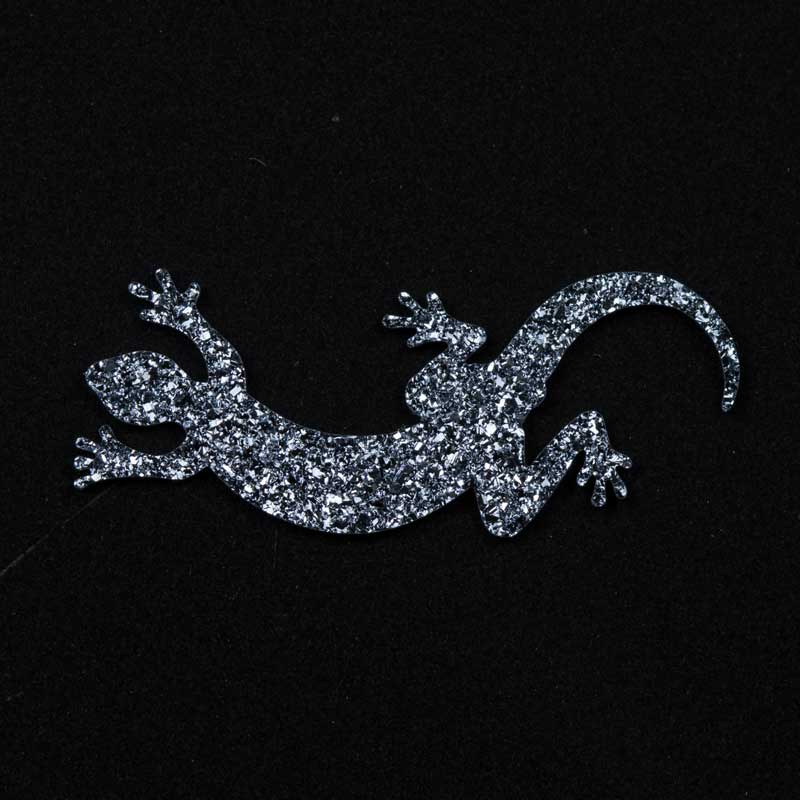This is the ‘last precious metal’ – and you’ve probably never heard of it

Pic: Bloomberg Creative / Bloomberg Creative Photos via Getty Images
Most investors are familiar with precious metals like platinum, gold and silver — but few have heard of a highly valuable element called osmium — thought to be the rarest and densest metal.
Osmium is the eighth and last precious metal according to the Osmium-Institute Germany, which recently announced the global market launch of the new precious metal.
It is said to be the least abundant element in the earth’s crust.
The Institute is the global governing body for the introduction, certification, commercialisation and international trade of osmium.
It says the market launch will provide new opportunities for global jewellery and commodity investment industries, including in Australia.
“Only now people begin to realise that there exist just eight precious metals,” says Ingo Wolf, who heads the global operations of the Osmium-Institute.
“Some may have heard of osmium in the past, but almost no one is able to associate anything specific with this amazing element. With markets now opening up internationally, this is changing rapidly.”
The special position of osmium, which has the chemical symbol Os, in the periodic table and on the market imply some extraordinary properties, according to the Osmium-Institute.
Osmium is the rarest precious metal with the highest density, and its compression and abrasion resistance even exceed that of diamonds.

The Osmium-Institute says there is just 9 cubic metres of osmium on earth. In 10,000 tons of platinum ore, equivalent to 250 truckloads, only 28 grams of osmium is found during mining.
This makes it extremely expensive — with its current price being more than 900 Swiss Francs ($1270) per gram.
When cooled down, osmium becomes a superconductor which can transport electricity without loss.
Osmium in its raw form is a poisonous and unspectacular grey powder, but when crystallised in a manner similar to carbon when making diamonds, osmium changes its crystal structure.
“If you search online you will find a lot about the harmful properties of raw osmium, and these very properties forbid trade in private and investment markets,” Mr Wolf said.
“Crystallisation changes these properties, including the ability to react with other metals. In crystalline form, osmium is absolutely harmless.”
This process renders the osmium non-toxic for temperatures up to 400 degrees Celsius.
The crystallisation gives osmium a “unique lustre”, which has earned it the label “most beautiful precious metal”.
Osmium is only available in this crystalline form. It is usually delivered in flat structures and then cut into bespoke shapes which can be processed into jewellery.
“Due to its intriguing story, its special properties and rarity, there is a strong case for osmium to become the new commodity of choice for premium jewellery designers and investors alike,” said Dr Joerg Saxler, who is based in Sydney and heads the affiliated Osmium-Institute in Australia.
According to the Institute, the jewellery industry in China and India are already starting to use osmium.
- Subscribe to our daily newsletter
- Bookmark this link for small cap news
- Join our small cap Facebook group
- Follow us on Facebook or Twitter
UNLOCK INSIGHTS
Discover the untold stories of emerging ASX stocks.
Daily news and expert analysis, it's free to subscribe.
By proceeding, you confirm you understand that we handle personal information in accordance with our Privacy Policy.








